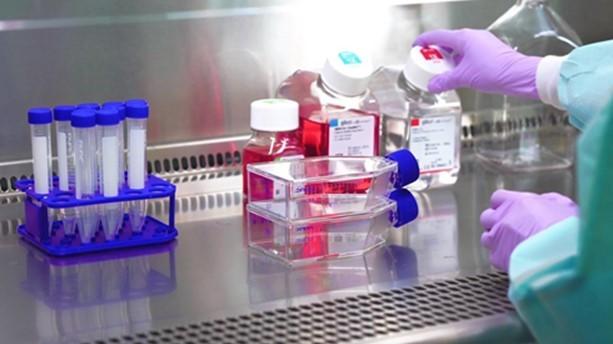Problem statement
Digital droplet PCR (ddPCR) is a very recent molecular technique that detects and absolutely quantifies nucleic acids with high precision. ddPCR can detect mutations that occur only in low concentrations or show low expressions (sensitive). The technique is new and has yet to find its way into many, often rare, diagnostic applications (including many rare or difficult to detect cancer genes). The gold standard is still often a classical (nested) PCR or RT-PCR. The test is used both for diagnosis and follow-up.
In this study, an RT-PCR will be selected and optimised for the detection of the rare (and low-expressed) fusion gene FIP1L1-PDGFRA. This rare fusion gene is currently still detected by classical nested PCR. Detection of this fusion gene is part of the diagnosis of chronic eosinophilic leukaemia. In the first instance, an RT-PCR will be developed and set up. Primers and probes for this have been described, but have not yet been tested. To this end, there is a close collaboration with the UZA, centre for molecular diagnostics (haematology department), on the one hand for obtaining DNA and samples, and on the other hand for delivering the results from the traditional (nested) PCR. Data from a control cell line (and if possible these samples) will be used to optimise the RT-PCR and to get an indication of the sensitivity. This RT-PCR can be transposed to ddPCR. This will be done in cooperation with the Fontys Hogeschool Eindhoven.
Central research question
Is it possible to prepare an RT-PCR for the detection of the fusion gene FIP1L1-PDGFRA? Is this quantification more sensitive in the ddPCR system?
Method
The study will follow the following phased approach:
- Grow a cell line that has the aberrant genetic material
- Perform conventional PCR on the genetic material of this cell line (RT-PCR)
- Convert conventional PCR to digital droplet PCR
- Method comparison with regard to the sensitivity of the conventional PCR and ddPCR
- Mapping additional needs of ddPCR by means of a field survey






